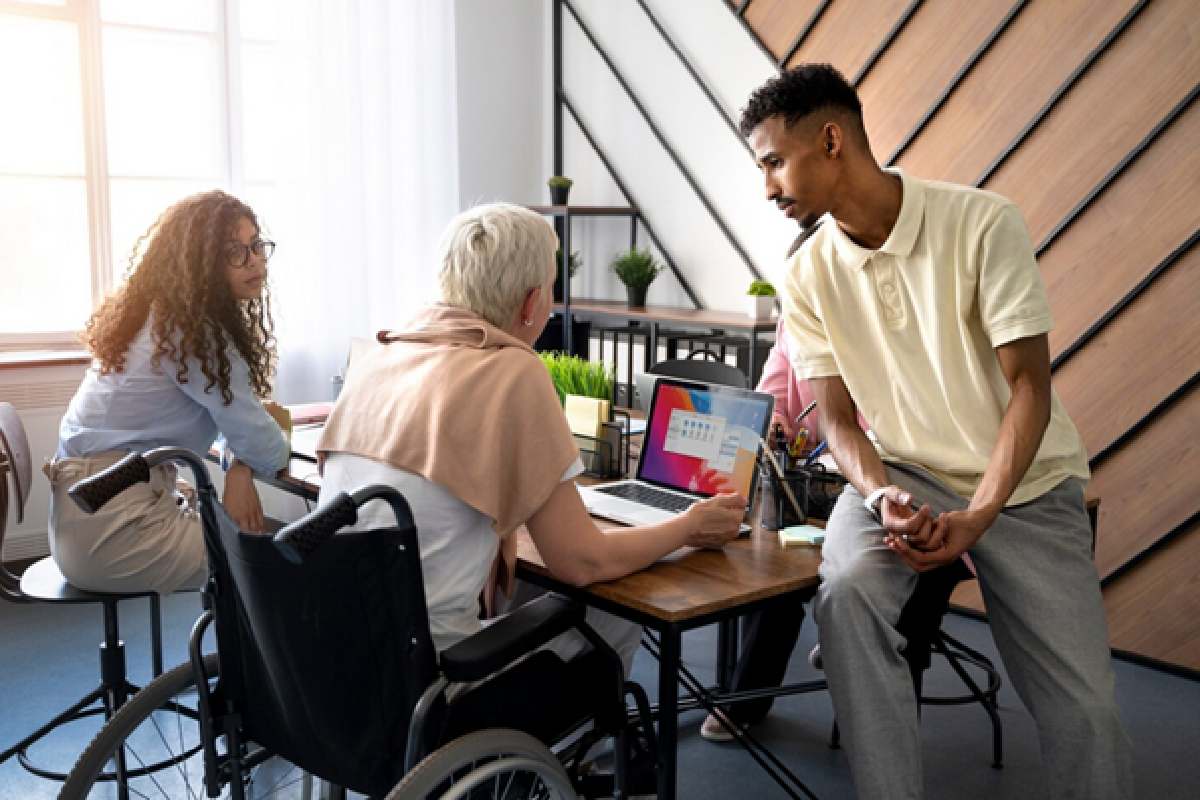Technology has become an inseparable part of modern life, shaping how we communicate, navigate the world, and manage daily routines. For adults with diverse developmental needs, the impact of technology goes even deeper. The right tools can remove barriers, strengthen essential skills, and support autonomy in ways that were nearly impossible a decade ago. Many community-based organizations — for example, a regional center for people with developmental disabilities — now integrate technology into their daily support services, helping individuals build confidence, independence, and practical life skills. From smart home devices to specialized adaptive apps, today’s digital solutions are redefining what daily living can look like: more accessible, more adaptable, and more empowering.
The Role of Smart Home Technology in Everyday Independence
Smart home technology is one of the most transformative developments for adults seeking to increase independence. Voice assistants such as Google Assistant, Siri, and Alexa allow individuals to set reminders, control household devices, check the weather, or call loved ones using simple spoken commands. These tools reduce reliance on fine motor skills, complex interfaces, or multistep tasks.
Automated lighting, doors, and appliances further support safety and autonomy. Motion-activated lights prevent accidents, while smart locks or door sensors help individuals feel more secure at home. Smart plugs and appliances allow users to turn devices on and off from a phone or tablet — ideal for anyone who may forget to power down a stove or is not yet confident using certain household tools independently.
Sensory alerts and reminders also play a major role. Smartwatches or home sensors can vibrate or send push notifications for medication schedules, hygiene routines, or appointments. Alerts can also notify caregivers when support is needed, while still prioritizing the individual’s autonomy.
Many centers and community organizations help individuals and families choose, install, and learn to use these devices. Through guided training sessions, professionals can adapt each tool to match a person’s unique needs, ensuring that smart home technology becomes a practical and empowering part of everyday life.
Adaptive Apps That Support Cognitive, Social, and Daily-Living Skills
Mobile apps designed with accessibility in mind offer another powerful layer of support. Apps for daily planning provide clear schedules, visual reminders, task lists, and step-by-step instructions to help adults manage routines more independently. Some apps use icons and color coding to make planning intuitive, while others allow caregivers or specialists to customize tasks.
Time-management and medication reminder apps help users stay on track throughout the day. These tools improve consistency by offering notifications, repeat reminders, progress tracking, and calendar syncing for appointments or activities.
Apps for emotional regulation have become more popular in recent years, offering breathing exercises, mood trackers, calming visuals, and grounding activities. These tools can reduce stress, help users understand their emotions, and provide coping strategies during overwhelming moments.
Social communication apps also play an essential role. Some support non-verbal communication through symbols or text-to-speech tools. Others help individuals practice conversation skills, understand social cues, or connect with online communities safely. Together, these apps allow adults to express themselves more clearly, build confidence, and strengthen important social abilities.
Technology-Based Support Programs
Beyond individual devices and apps, structured technology-based support programs expand what is possible in daily life. Self-direction tools allow individuals to take more control over scheduling, budgeting, and choosing services. With digital dashboards and accessible platforms, adults can participate more actively in planning their own care and goals.
Remote support services have also become crucial. Through secure video connections or specialized monitoring tools, professionals can offer guidance without needing to be physically present. This type of support is especially valuable for adults who are gaining independence but still benefit from occasional check-ins or prompts.
Telehealth is another essential tool, making healthcare easier and more accessible. Adults can meet with doctors, therapists, or specialists without travel barriers. Telehealth reduces stress, saves time, and ensures continuity of care — especially for individuals who require regular follow-ups or specialized support.
Digital Skills Training Through Community Centers and Specialists
Even the most advanced technology is only useful when individuals know how to use it confidently. That is why digital skills training has become a key part of many community programs. Specialists teach everything from basic device navigation to online safety, communication tools, and smart home setup.
Hands-on guidance is essential because learning styles vary widely. Personalized instruction allows individuals to progress at their own pace and practice real-world tasks that matter to them — turning on lights, sending a text, joining a video call, managing reminders, or using apps for emotional support.
Centers also help families and caregivers understand how to integrate these technologies into everyday routines. With consistent support, individuals can build long-term skills that translate into greater independence, confidence, and participation in the community.
Conclusion
Technology is not just a convenience — it is a meaningful tool that expands independence, strengthens essential skills, and supports full participation in daily life. Smart homes, adaptive apps, online tools, and personalized support programs can help adults build routines, stay safe, communicate effectively, and engage with the world on their own terms. By choosing adaptive solutions and embracing new digital supports, individuals gain more opportunities to live confidently, independently, and with greater choice over their everyday experiences.



